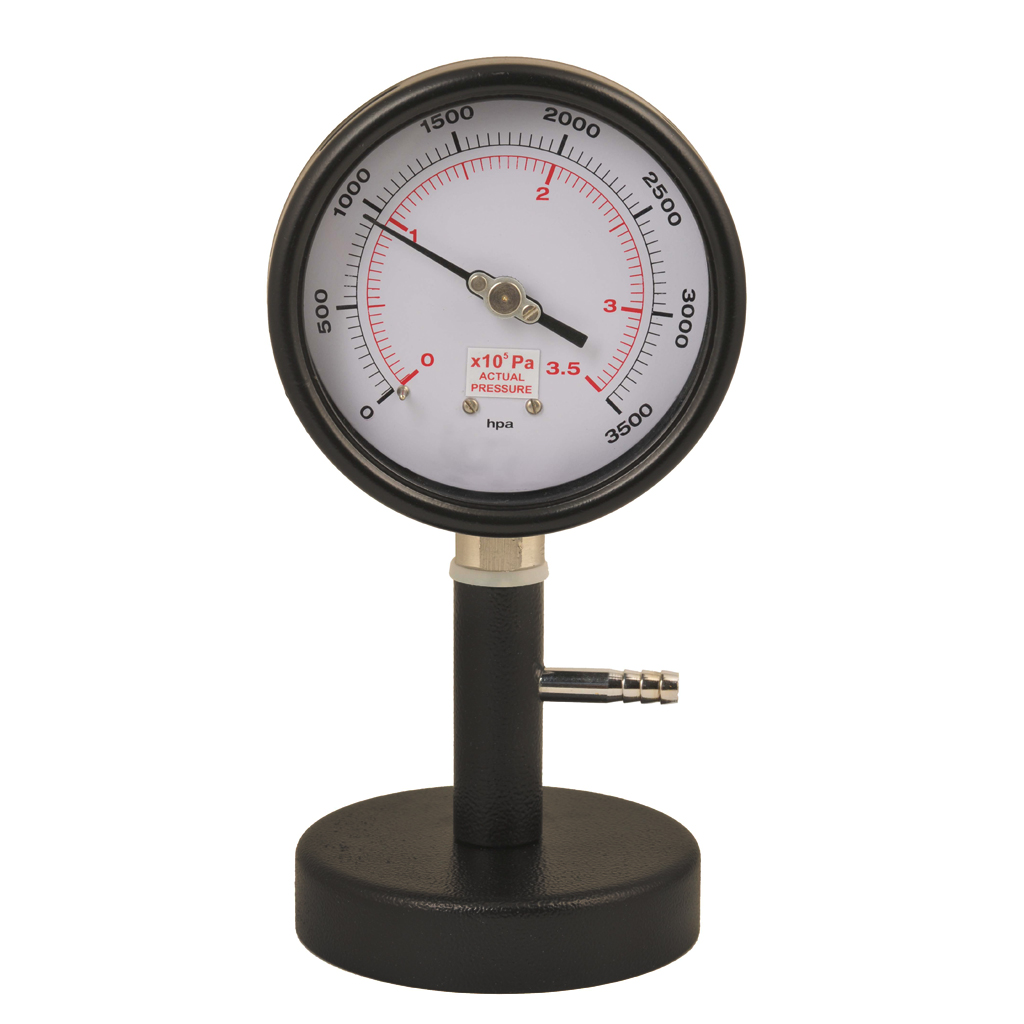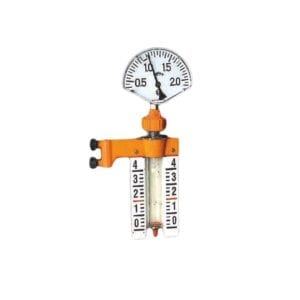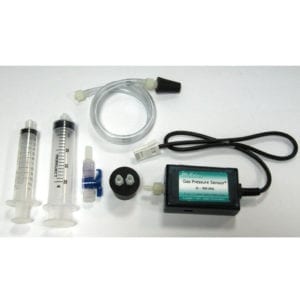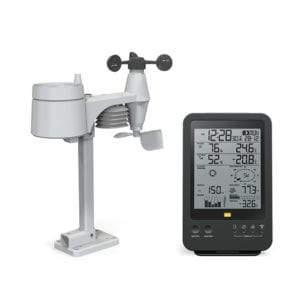BOURDON GAUGE [Pressure Measurement Meter]
The Bourdon gauge, invented about 1850, is still one of the most widely used instruments for measuring the pressure of liquids and gases of all kinds, including steam, water, and air up to pressures of 100,000 pounds per square inch (70,000 newtons per square cm). The Bourdon Gauge consists of a flattened circular tube coiled into a circular arc. One end is soldered to a central block and is open to the fluid whose pressure is to be measured; the other end is sealed and coupled to the pointer spindle. When the pressure inside the tube is greater than the outside pressure, the tube tends to straighten, thus turning the pointer. The pressure is read on a circular scale.




